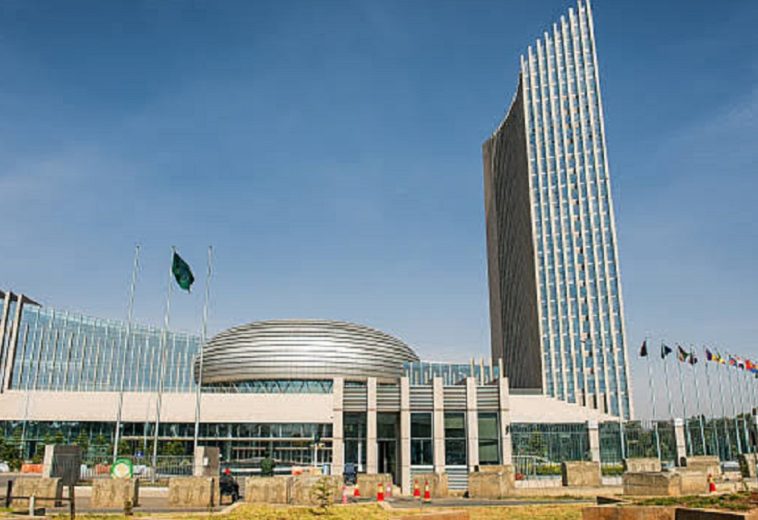East Africa is anticipated to register the highest regional growth in Africa, largely driven by the economies of Kenya, Rwanda, Tanzania, Uganda, and Ethiopia. According to the African Development Bank, East Africa is expected to achieve a remarkable real GDP growth of 4.9% in 2024, a significant increase from the mere 1.5% experienced in 2023. This growth is anticipated to accelerate further to 5.7% by 2025, positioning East Africa as the continent’s fastest-growing region, surpassing economic giants like Nigeria and South Africa.
Such promising forecasts are not merely numerical; they reflect a complex interplay of factors, including a recovery in tourism, advancements in agricultural practices, and burgeoning investment in infrastructure. The agriculture sector alone demonstrated a commendable 6.7% growth in 2023, indicating a resilient foundation for economic expansion.
Sectoral Dynamics Driving Growth
The dynamism of East Africa’s economy is primarily fuelled by key sectors. The services sector, particularly in Kenya and Tanzania, has been a significant growth driver, with services exports increasing from $8 billion in 2020 to $10.7 billion in 2021, a striking 34% rise. Furthermore, sectors like natural resources and transportation are attracting foreign investment, especially from Gulf countries, thereby diversifying the economic base and fostering resilience.
However, it is essential to acknowledge the challenges that persist, such as inflationary pressures—averaging 7.8% in 2023—and currency depreciation affecting economic stability. These factors necessitate prudent monetary policies to foster an environment conducive to sustainable growth.
Implications for the Continent
The ramifications of East Africa’s economic growth extend far beyond its borders. As the region ascends economically, it has the potential to become a key trade partner and market for other African nations. With 17 African economies projected to grow by more than 5% in 2024, collaborative efforts across the continent can harness this momentum to foster regional integration and economic collaboration.
Moreover, the projected growth rates signal an opportunity for African nations to attract investment and expertise from East Africa, enhancing the continent’s overall economic resilience. This interdependence is vital, especially in light of the global economic uncertainties that could affect performance across different regions.
East Africa’s projected economic performance serves as a crucial indicator of the continent’s potential. As the region advances, it invites not only interest but also active engagement from other African countries. The growth in East Africa can set a precedent for collaboration in trade, investment, and innovation. This is an opportunity for all African nations to reassess their economic strategies, fostering unity and shared prosperity as they collectively navigate a rapidly changing global landscape. By recognising the interconnectivity of African economies, stakeholders can better position themselves to seize emerging opportunities while addressing the challenges that accompany growth.




